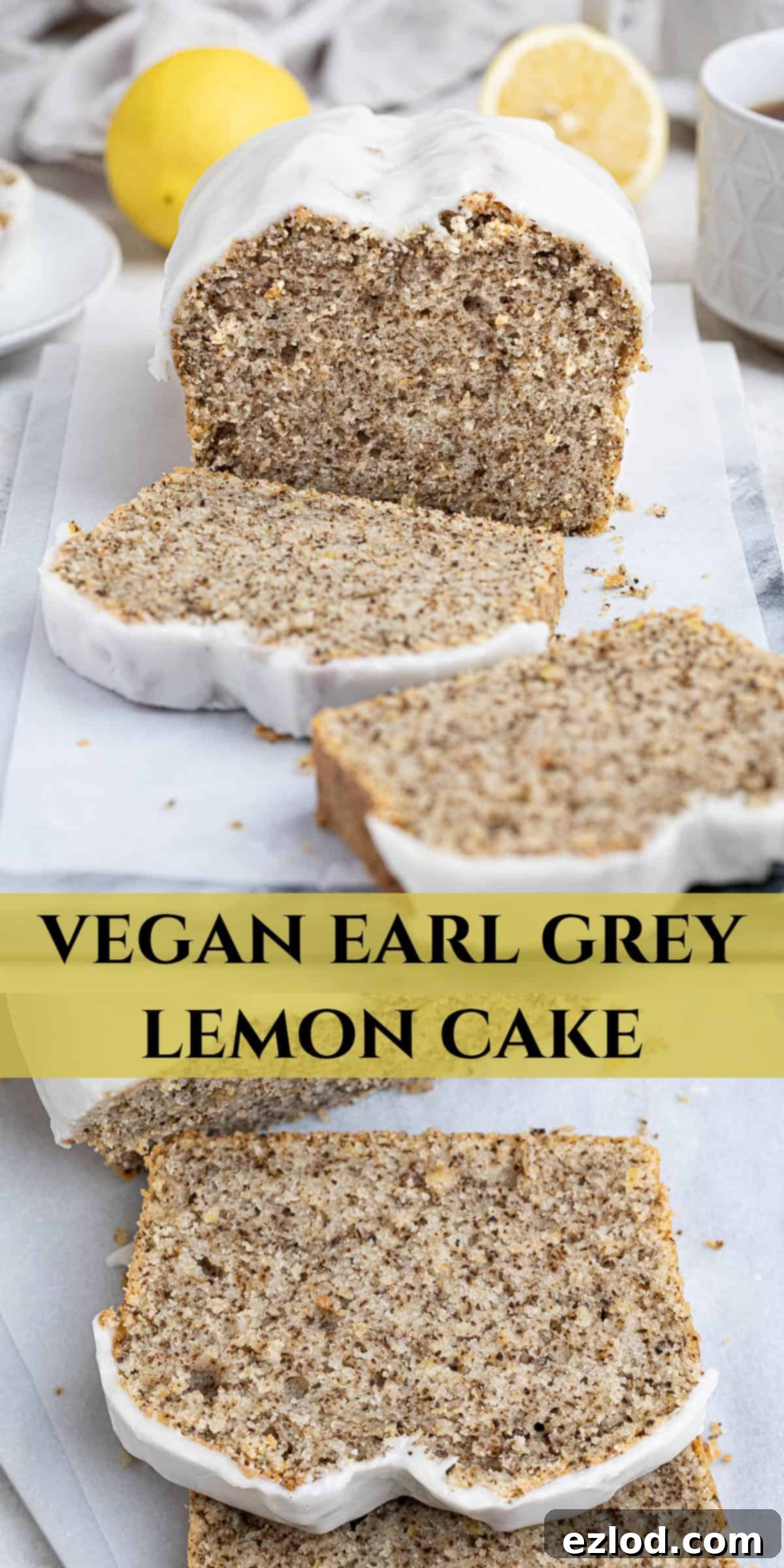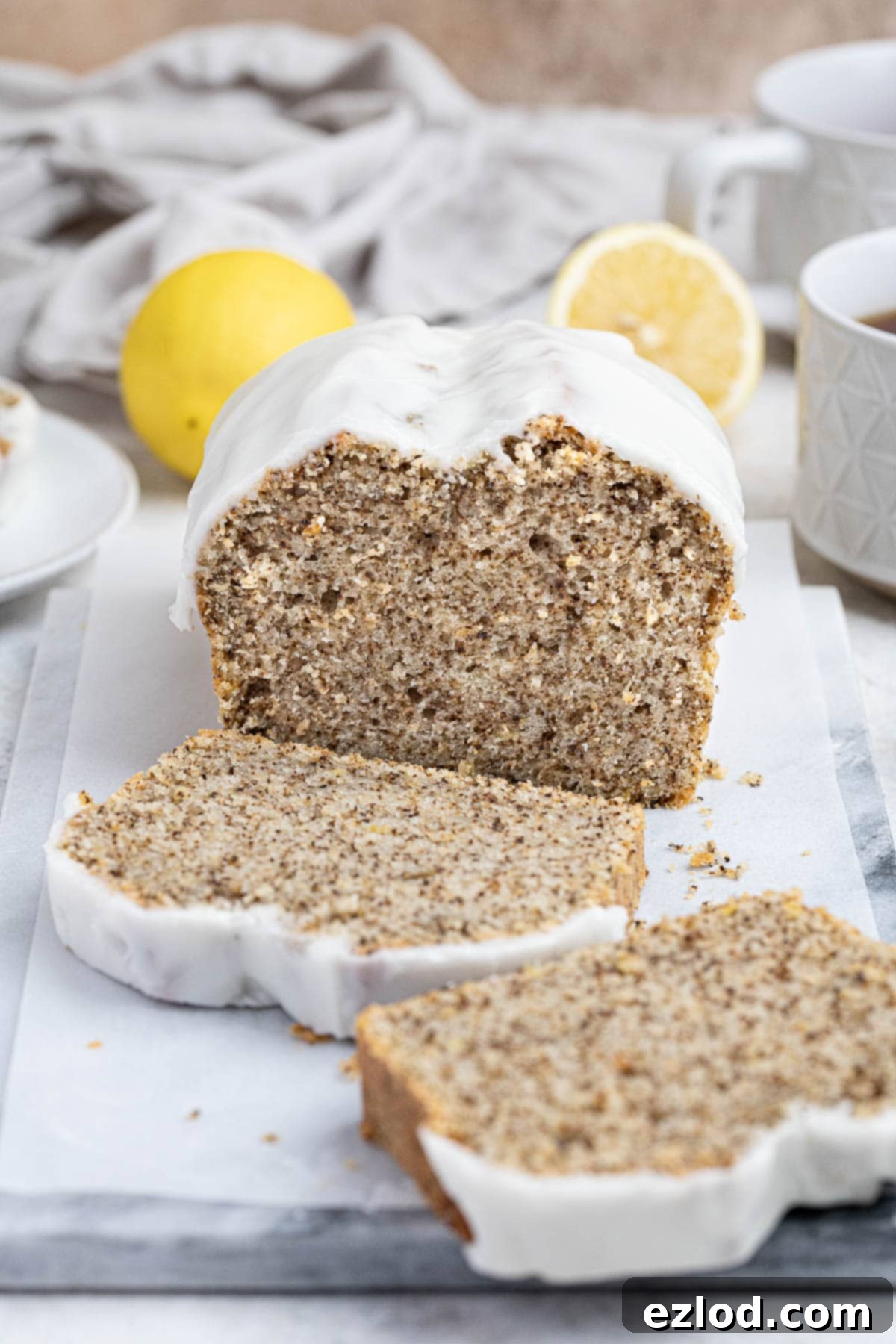Delicious Vegan Earl Grey Lemon Loaf Cake: Aromatic & Easy Recipe
Indulge in the delicate and sophisticated flavors of this easy vegan Earl Grey lemon loaf cake. A true delight for any tea lover, this plant-based cake effortlessly combines the fragrant notes of Earl Grey tea with the bright, zesty tang of fresh lemon. The result is a wonderfully light, soft, and tender crumb that simply melts in your mouth, making it the perfect companion to your afternoon cup of tea.
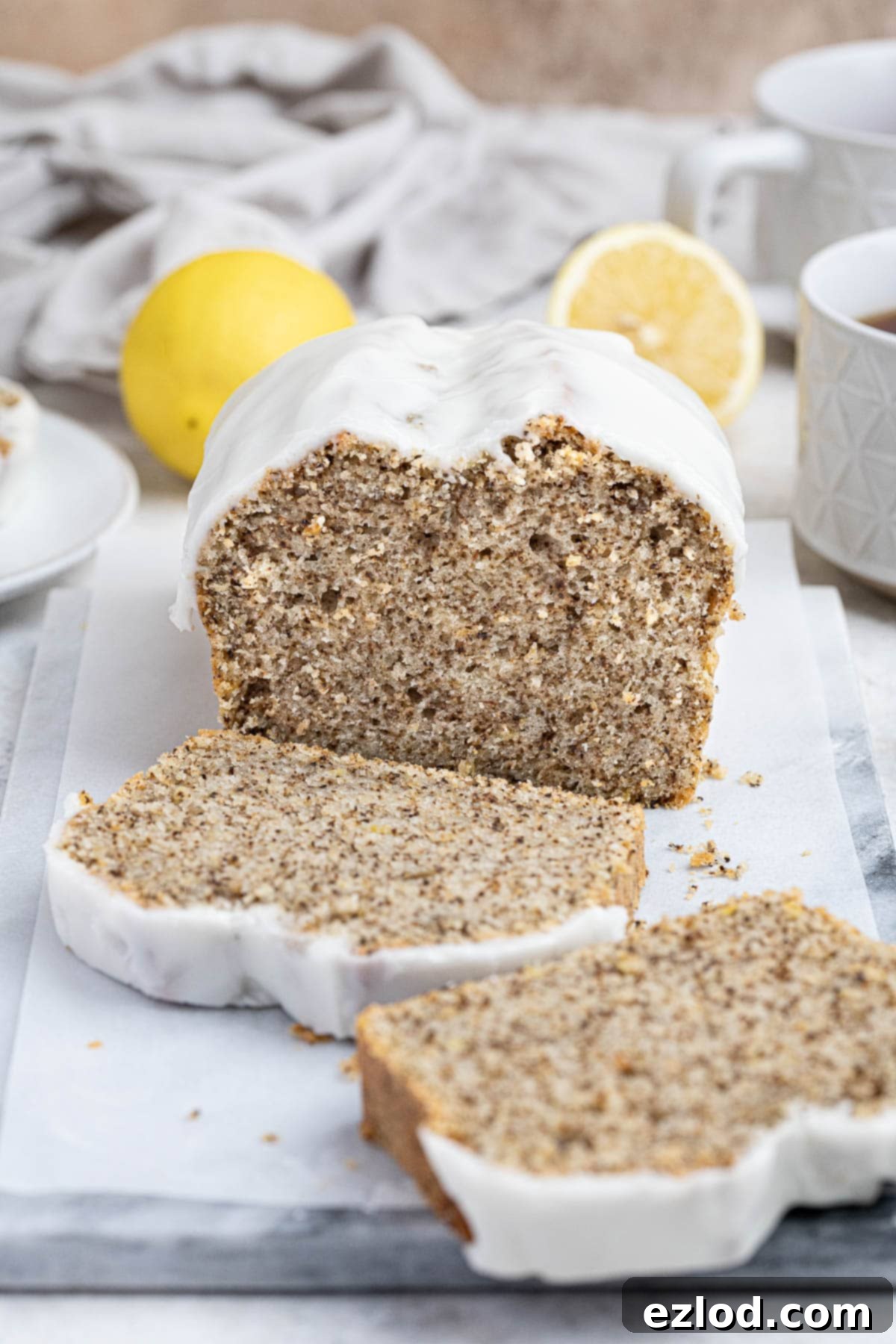
There’s nothing quite like pairing a slice of moist cake with a comforting hot beverage. But what if the cake itself could transport you to a world of aromatic bliss? This vegan Earl Grey lemon cake does just that. It’s not only simple to prepare but also brings a touch of elegance to your table, whether you’re enjoying it as a delightful mid-morning snack, a refreshing dessert, or even a sophisticated breakfast treat.
The magic lies in how the batter is subtly yet profoundly infused. Finely ground Earl Grey tea leaves are expertly blended into the mix, creating a distinct, floral, and citrusy undertone. This is beautifully complemented by the vibrant twist of fresh lemon zest and juice, elevating a classic lemon loaf cake into something truly special and memorable.
My culinary journey to perfect this recipe began with my trusted vegan American coffee cake base. With a few thoughtful adjustments to ensure it bakes perfectly in a loaf tin and, of course, a delightful flavor transformation, this Earl Grey lemon cake was born – a testament to how versatile and delicious plant-based baking can be.
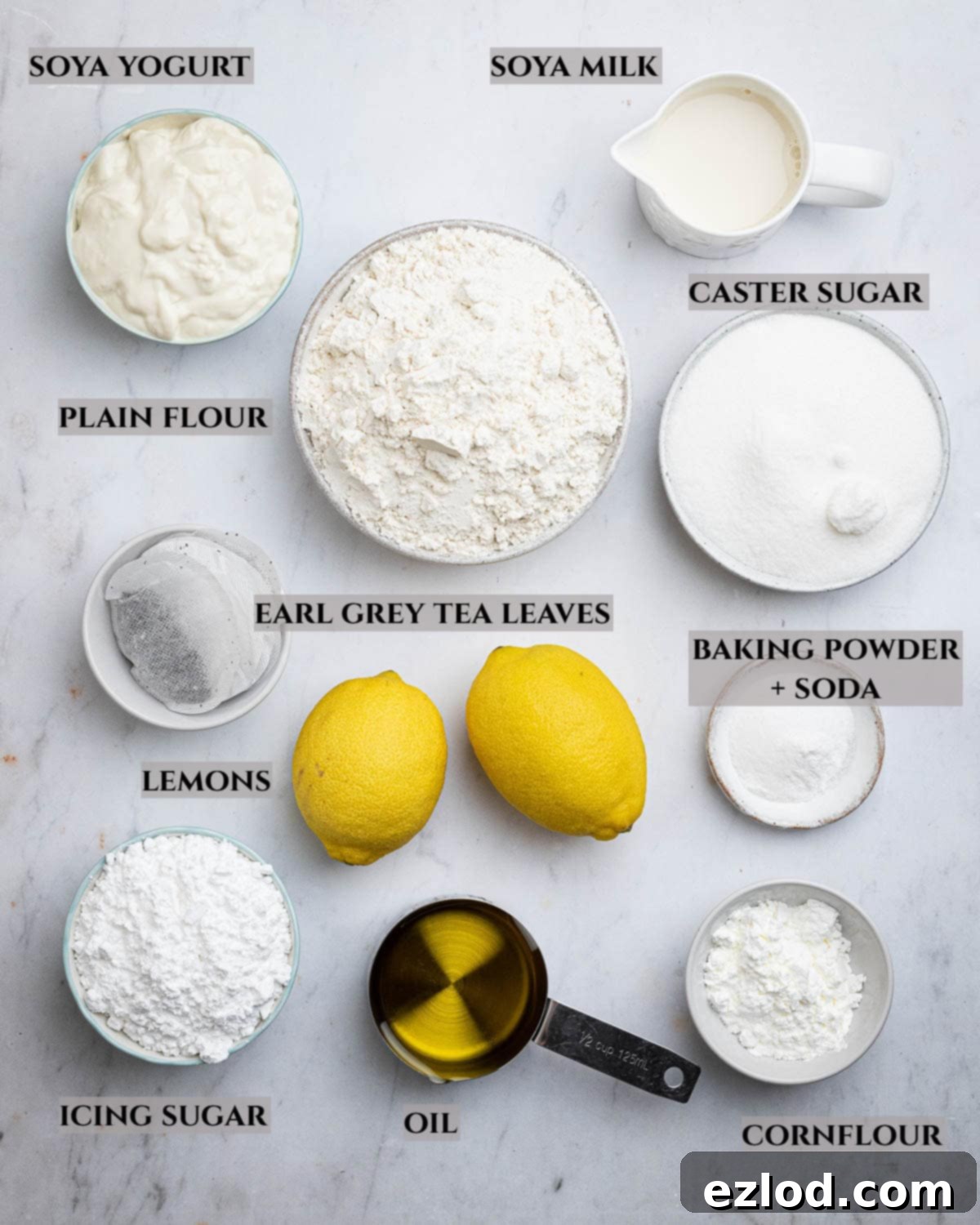
Unveiling the Key Ingredients for Your Vegan Earl Grey Lemon Cake
Crafting the perfect vegan Earl Grey lemon cake begins with understanding the role of each ingredient. Here’s a detailed look at what you’ll need and why these choices are crucial for an exceptional bake:
Earl Grey Tea: The Aromatic Heart
Earl Grey tea: This is the star ingredient that gives our cake its unique character. You have the flexibility to use either loose leaf tea or standard tea bags. If you opt for tea bags, simply tear them open and empty their contents; approximately five tea bags should yield the required amount. The key is to ensure the tea is very finely ground. If your tea is already fine, you can add it directly to the batter. However, if you’re using larger leaf pieces, it’s essential to grind them down. This can be achieved by blending them with the sugar in a food processor or blender until a fine powder is formed, or by using a pestle and mortar or a dedicated spice grinder.
Fresh Lemons: Zest and Zing
Lemons: For a truly superior flavor, fresh lemons are non-negotiable. Bottled lemon juice, while convenient, simply cannot replicate the vibrant, bright, and nuanced taste of freshly squeezed juice and zest. Furthermore, you’ll need the zest, so it’s imperative to choose unwaxed lemons. The natural oils in the zest are packed with flavor that infuse beautifully into the cake, creating that quintessential lemon lift.
Non-Dairy Yogurt: The Secret to Moisture
Non-dairy yogurt: Incorporating plant-based yogurt into vegan cakes is a game-changer. It acts as an excellent egg replacer, contributing significantly to the cake’s moistness and tender texture, while also subtly enhancing the flavor. Both soy and coconut yogurts work wonderfully, with a thick, Greek-style variety being ideal. This ensures the best consistency and richness. Please note that I have not tested other substitutes for the yogurt, so sticking to soy or coconut is recommended for guaranteed results.
Plant Milk: The Liquid Foundation
Plant milk: You can use virtually any type of unsweetened plant milk you prefer. However, soy milk is often recommended due to its higher protein content, which can contribute to a slightly better structure in baked goods. Regardless of your choice, ensure it’s unsweetened to maintain control over the cake’s overall sweetness and flavor balance.
Neutral Oil: For the Perfect Texture
Olive oil: I personally favor olive oil for its subtle flavor and wonderful contribution to the cake’s texture. Should you prefer, another neutral-flavored oil like sunflower, grapeseed, or canola oil can be substituted. However, it’s crucial to avoid using coconut oil, as its solid state at room temperature can lead to a denser, less desirable cake texture.
Sugar: Sweetness and Structure
Sugar: Caster sugar or granulated sugar are your best options for this recipe. These fine-grained sugars dissolve easily and provide the ideal level of sweetness and structure. It’s important not to substitute with liquid sugars or artificial sweeteners, as these can drastically alter the cake’s chemistry, texture, and baking process, yielding inconsistent results.
Baking Powder and Soda: The Dynamic Duo
Baking powder and soda: For optimal rise and a perfectly light, airy texture, both baking powder and bicarbonate of soda (baking soda) are essential. They react differently with the other ingredients to create gas bubbles, ensuring the cake rises beautifully. Do not attempt to swap one for the other or omit either, as this will significantly compromise the cake’s final structure and texture.
Plain Flour and Cornflour: For an Ideal Crumb
Plain flour and cornflour: The combination of regular plain (all-purpose) flour with a touch of cornflour (cornstarch) is key to achieving a delightfully tender and fine crumb. The cornflour lightens the texture beautifully. If you don’t have cornflour on hand, you can replace it with an equal weight of plain flour, though I highly recommend using it if at all possible for the best results.
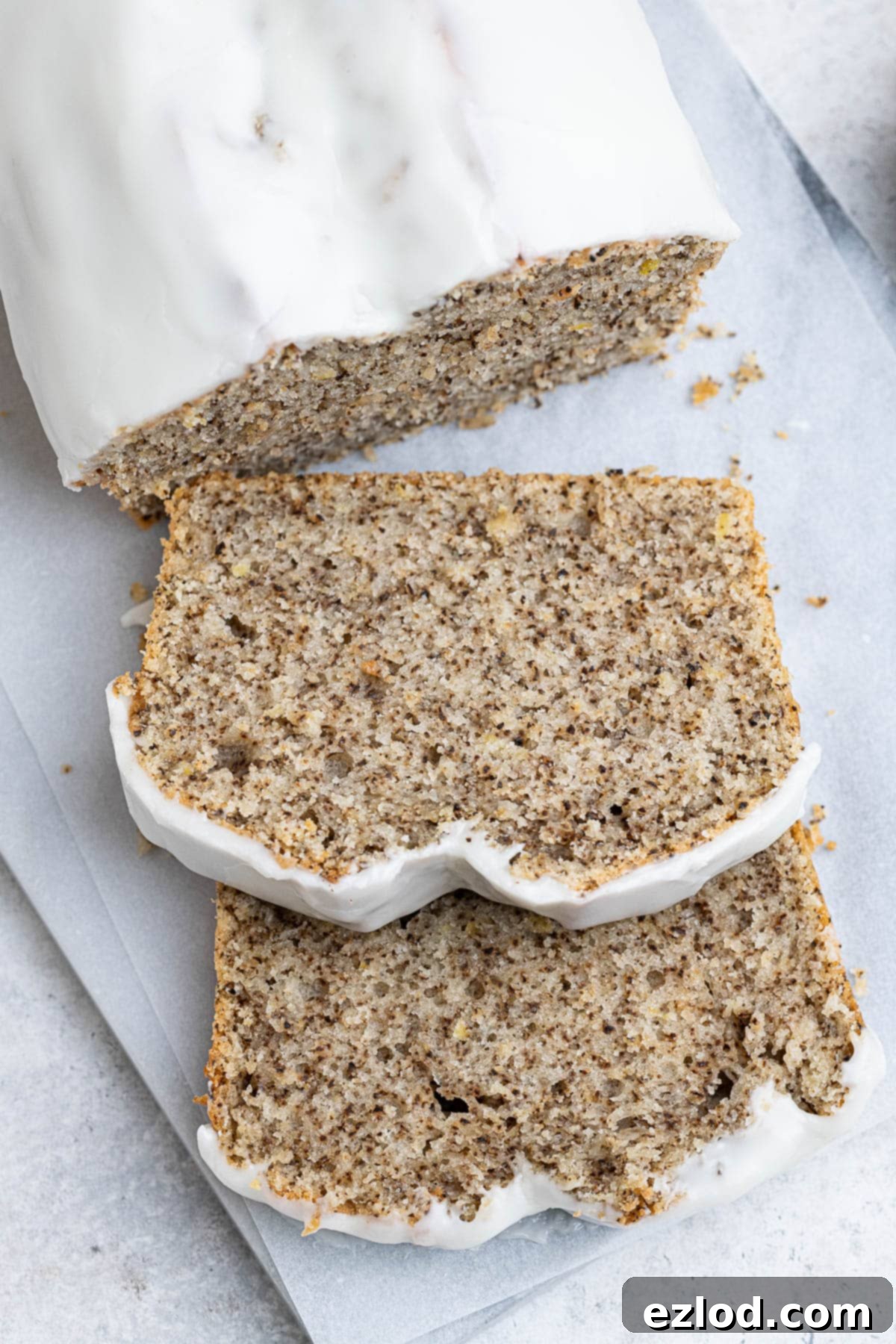
Crafting Your Earl Grey Lemon Loaf: A Step-by-Step Guide
(For precise measurements and detailed instructions, please refer to the comprehensive recipe card located at the bottom of this page.)
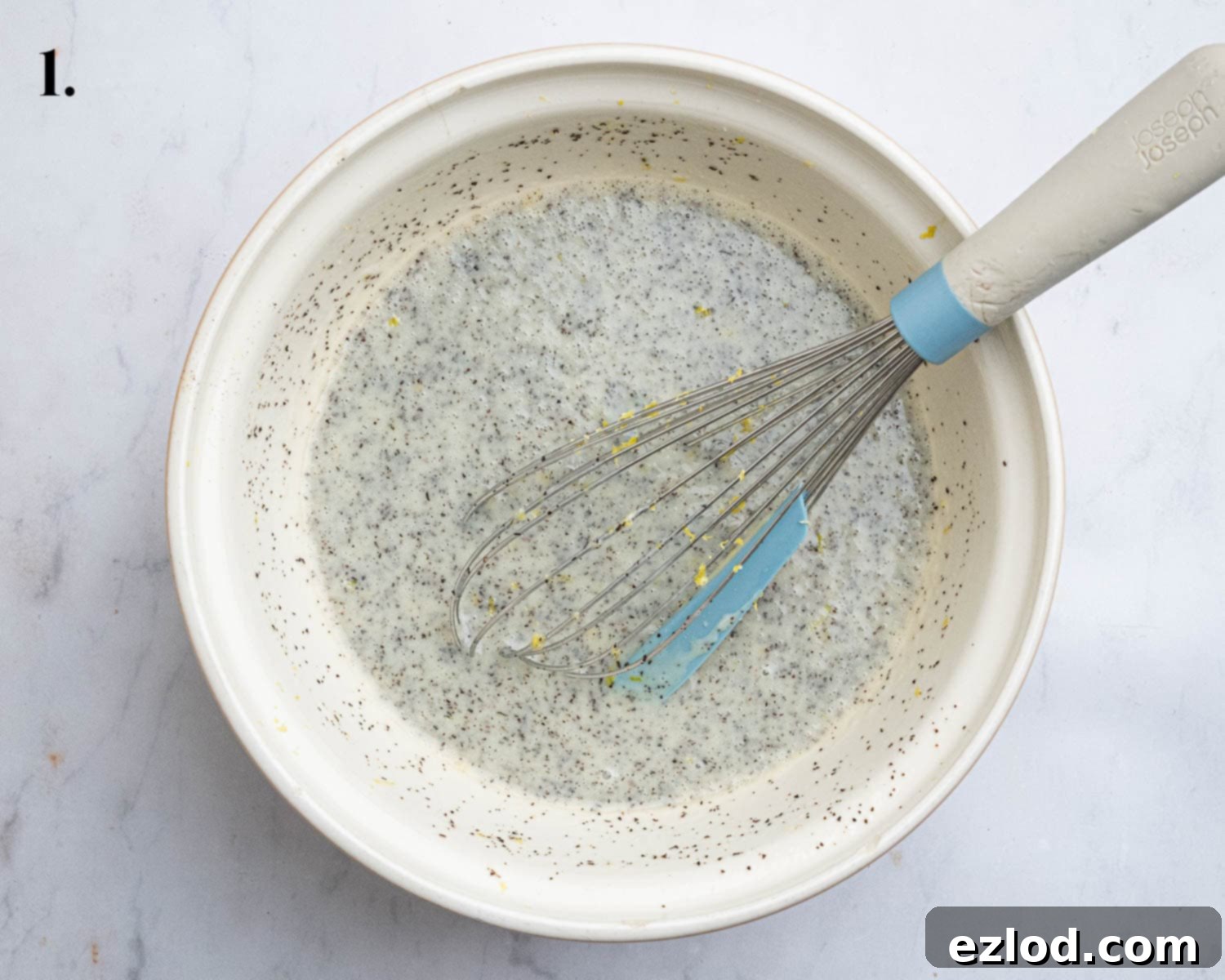
- Step 1: Combine Wet Ingredients. In a spacious mixing bowl, vigorously whisk together the non-dairy yogurt, plant milk, neutral oil, fresh lemon juice, lemon zest, sugar, and the finely ground Earl Grey tea leaves. Ensure all these liquid and soluble components are thoroughly combined until smooth and fragrant. This step infuses the base with the primary flavors.
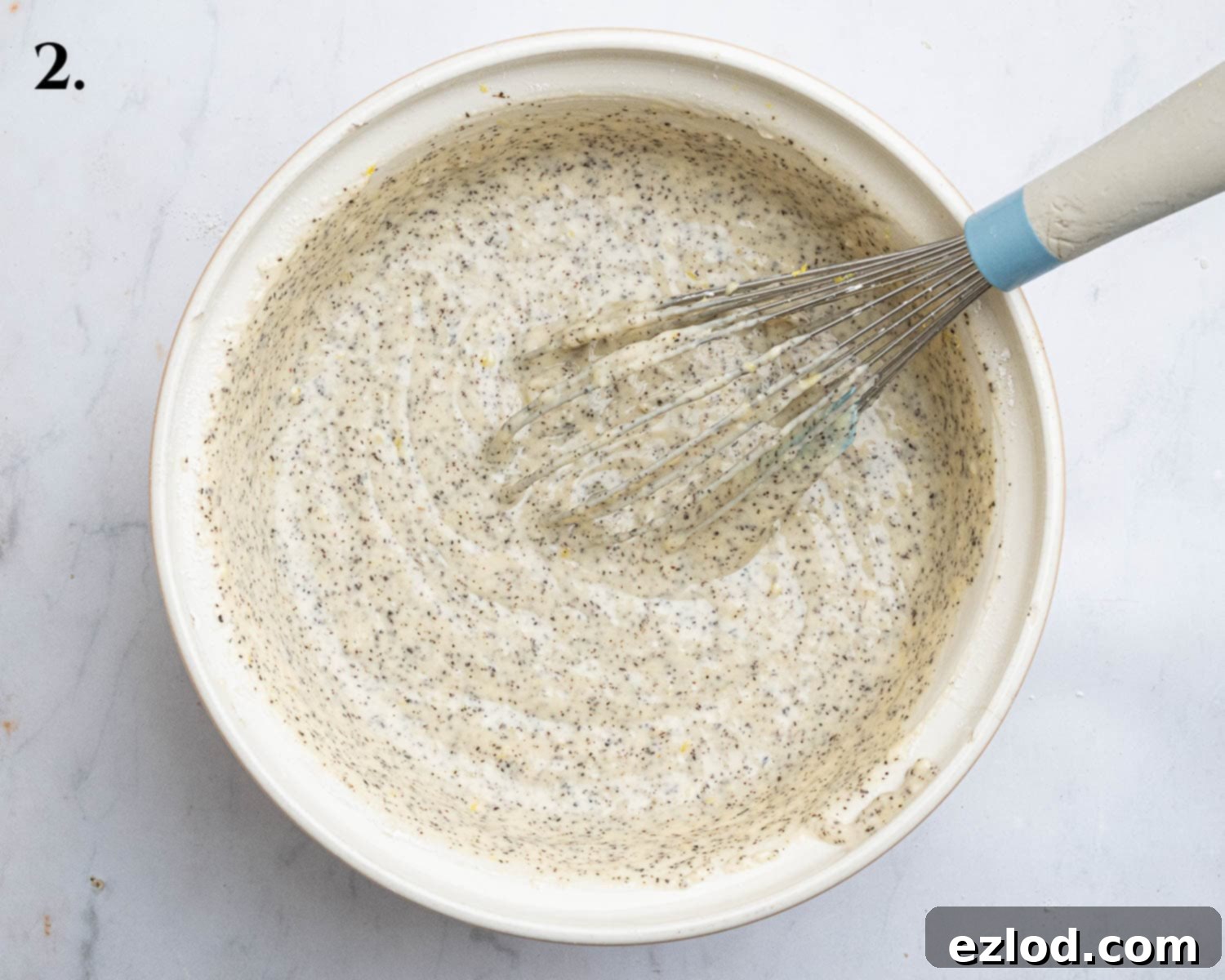
- Step 2: Incorporate Dry Ingredients. Gradually add the cornflour, baking powder, bicarbonate of soda, and salt to the wet mixture, whisking gently until just incorporated. Follow this by adding the plain flour in stages, mixing only until no dry lumps remain. Be careful not to overmix at this stage to ensure a tender cake crumb.
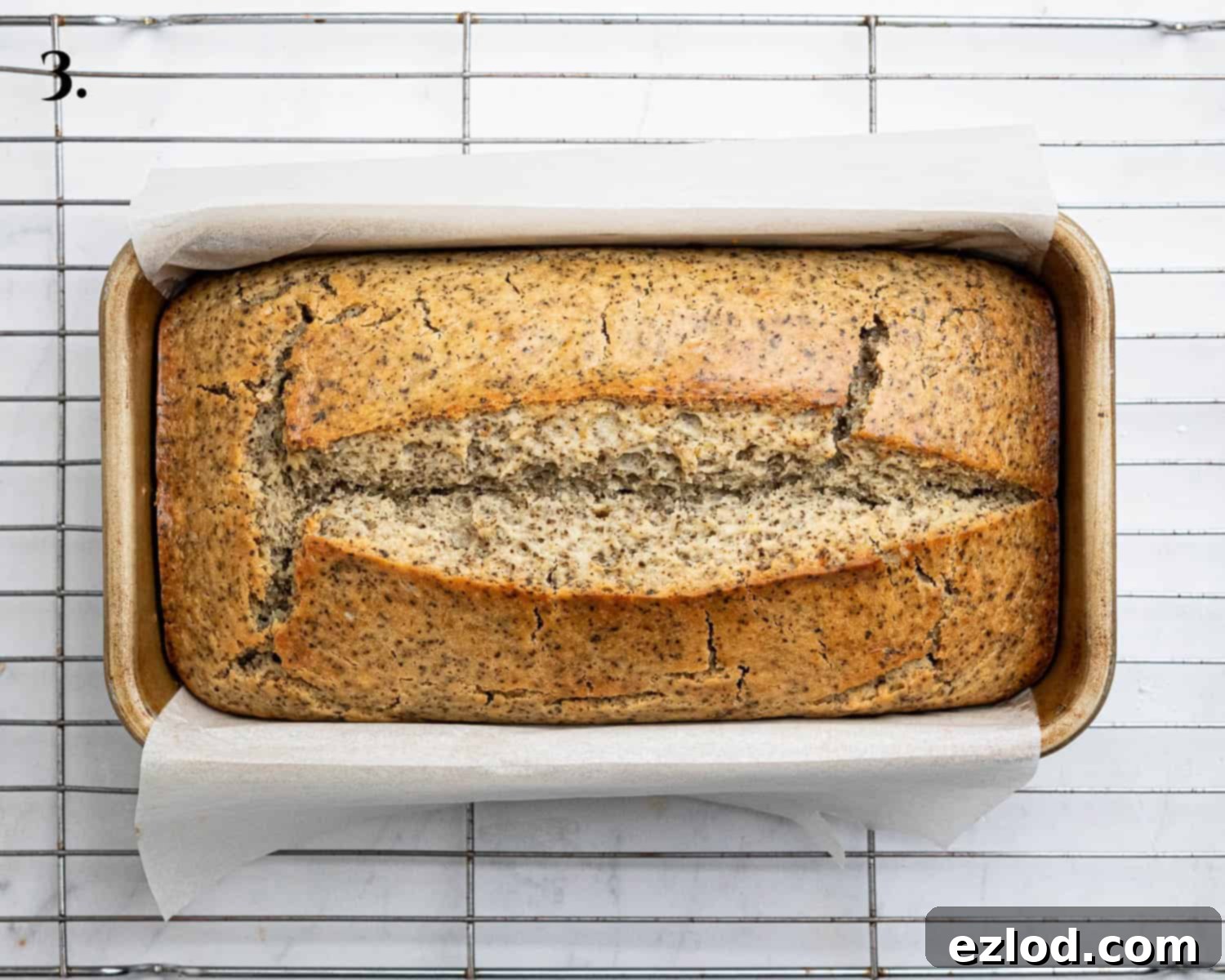
- Step 3: Bake to Perfection. Carefully pour the prepared batter into a greased and lined 2lb loaf tin. Transfer it to your preheated oven and bake for approximately 60-70 minutes. The cake is ready when it’s golden brown on top, firm to the touch, and a skewer inserted into the center comes out clean or with only a few moist crumbs.
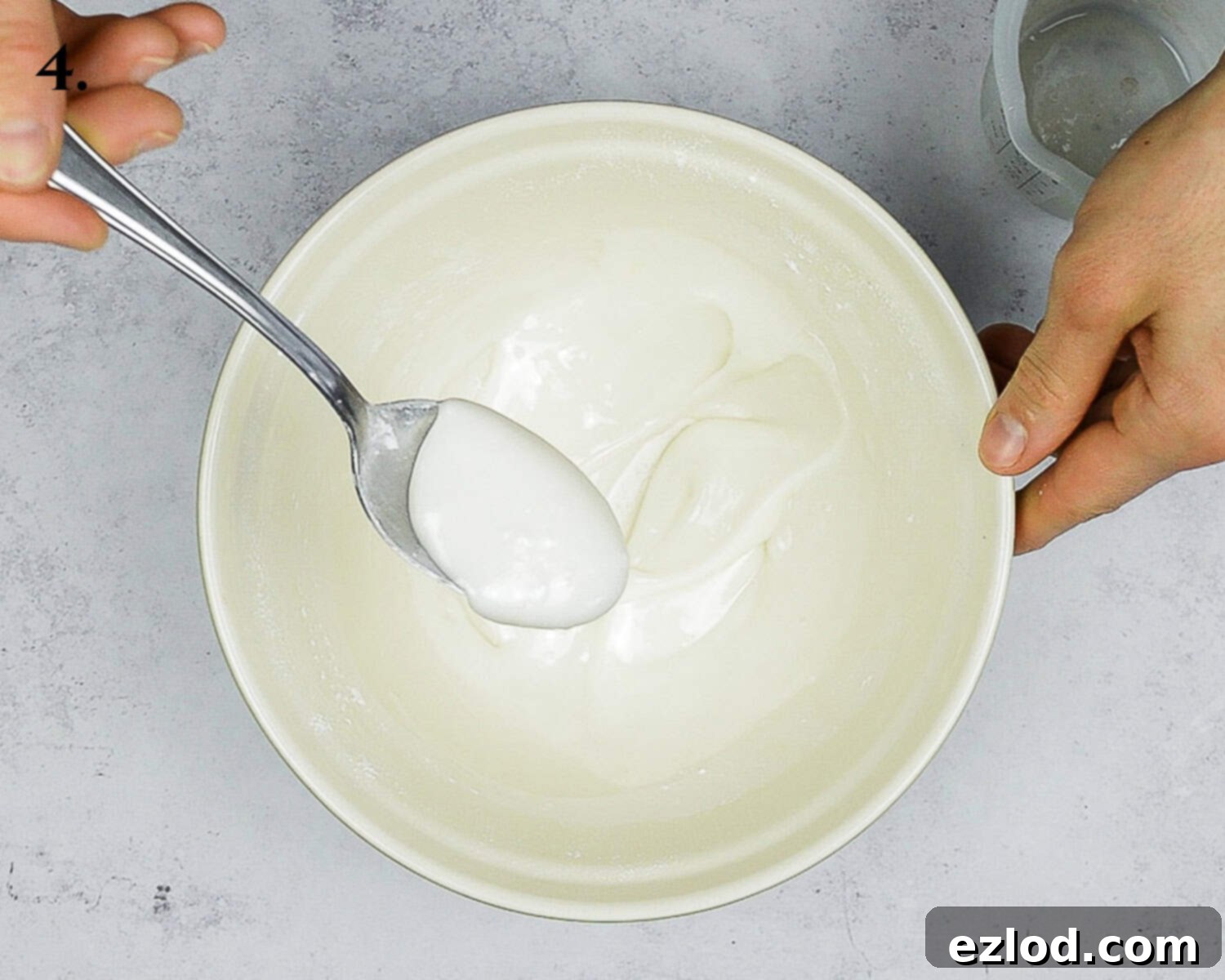
- Step 4: Prepare and Apply the Glaze. Once the cake has completely cooled, it’s time to add the finishing touch. Sift the icing sugar into a small bowl, then gradually stir in the lemon juice and vegan Greek-style yogurt. Mix until you achieve a smooth, thick yet pourable glaze. Drizzle or spoon this luscious glaze generously over the cooled cake before slicing and serving.
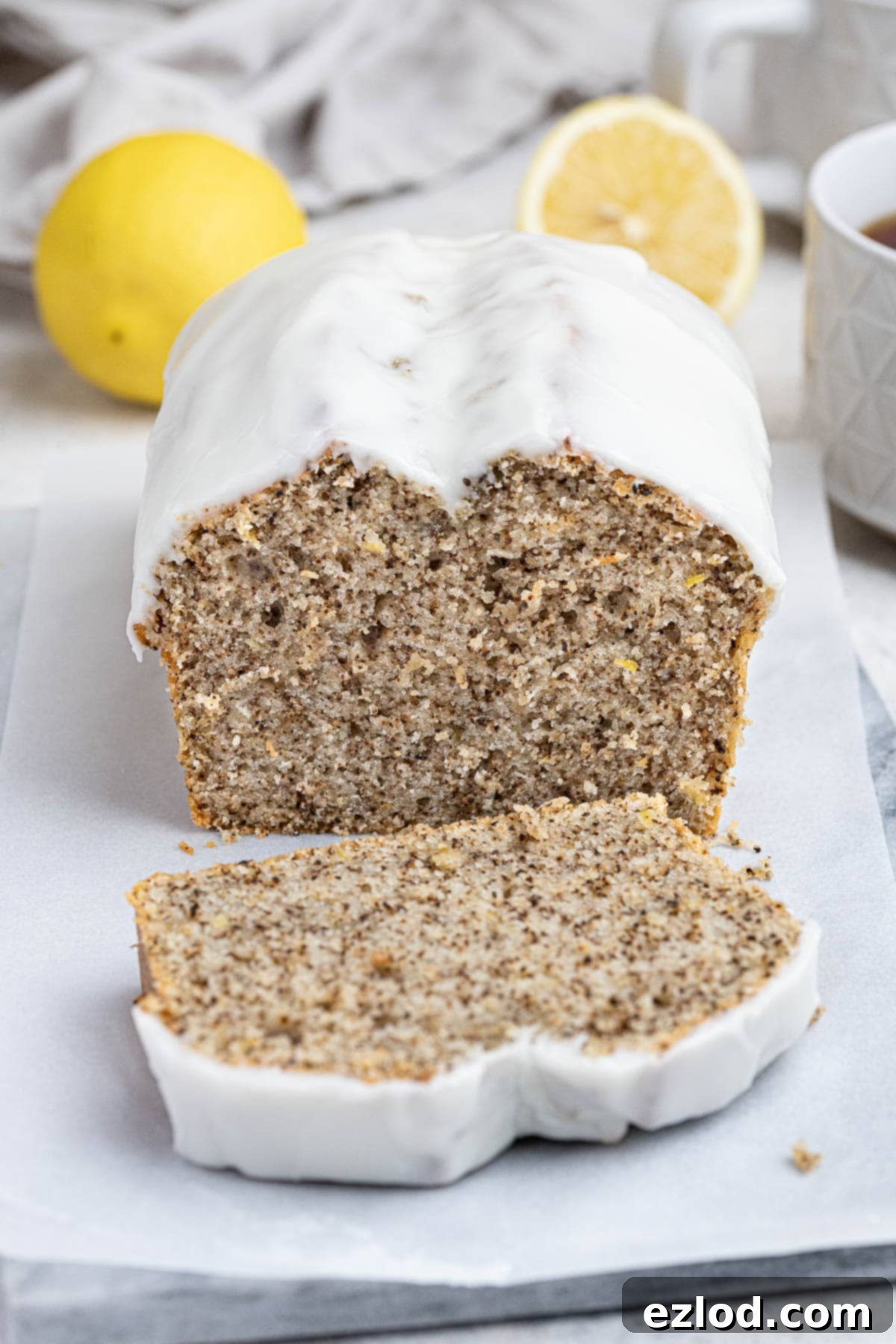
Expert Baking Tips for a Flawless Vegan Earl Grey Lemon Cake
Achieving baking perfection often comes down to a few key techniques and considerations. Here are my top tips to ensure your vegan Earl Grey lemon cake turns out beautifully every time:
- **Embrace Metric Measurements:** All my recipes are meticulously developed using grams, and for consistent, accurate baking results, I cannot stress enough the importance of using metric measurements with a digital kitchen scale over volumetric cup conversions. Cups are notoriously imprecise and can lead to vastly different outcomes, whereas a scale ensures exact quantities, leading to a more reliable and less messy baking experience.
- **Precision in Spoons:** When the recipe calls for tablespoon and teaspoon measurements, these refer to proper measuring spoons, not your everyday kitchen cutlery. A standard Tablespoon is 15ml, and a teaspoon is 5ml, and they should always be leveled, never heaped, to ensure correct ratios.
- **Avoid Over-mixing:** The key to a tender cake is gentle mixing. Once the dry ingredients are added, stir the batter by hand with a balloon whisk (avoiding an electric mixer) only until no streaks of dry flour remain. Over-beating develops gluten excessively, which can lead to a tough, chewy cake rather than a light and soft one.
- **Achieve the Perfect Crack:** For that characteristic, appealing crack down the center of your loaf cake, a simple trick works wonders. Before placing the tin in the oven, dip a butter knife in a little oil and draw a line lengthwise along the center of the batter. This slight disruption helps guide the natural expansion of the cake as it bakes.
- **Testing for Doneness:** A reliable way to check if your cake is fully baked is by gently pressing the top – it should spring back slightly. More importantly, insert a wooden skewer or toothpick into the very center of the loaf. It should come out clean, or with a few moist crumbs attached, but never with wet batter.
- **Unwaxed Lemons for Health and Flavor:** Always prioritize unwaxed lemons when using the zest. The wax often applied to conventional lemons is typically not vegan and certainly not intended for consumption. Opting for unwaxed ensures both the ethical integrity of your vegan bake and a purer, cleaner lemon flavor in your cake.
Frequently Asked Questions About Vegan Earl Grey Lemon Cake
Earl Grey is a distinctive black tea celebrated for its unique flavor profile, which comes from being infused with oil of bergamot. Bergamot is a fragrant citrus fruit, and it’s the oil extracted from its rind that imparts the tea’s characteristic taste. The flavor is wonderfully fragrant, with floral and citrusy notes that are distinct yet subtle. This delightful citrusy quality makes it an exceptional pairing with lemon, as beautifully demonstrated in this flavorful loaf cake.
You can effectively use any quality Earl Grey tea in this cake, though your preparation method will vary based on whether it’s a finely ground tea or comprises whole tea leaves. I often use bagged tea for convenience, as it typically comes finely ground and can be added directly to the batter. If you choose loose leaf tea, or a premium bagged tea with larger leaves, you’ll need to grind it into a fine powder first. This can be accomplished with a pestle and mortar, a spice grinder, or by pulsing the tea leaves with some of the recipe’s sugar in a food processor or blender until finely milled.
To maintain its freshness and delightful texture, this vegan Earl Grey lemon cake should be stored in an airtight container at room temperature. When stored properly, it will remain moist and delicious for approximately three days. Avoid refrigeration, as this can dry out the cake and alter its texture.
Absolutely! This cake freezes exceptionally well, making it perfect for meal prep or enjoying a slice whenever a craving strikes. You can freeze it either whole or in individual slices. Ensure the cake has cooled completely to room temperature before wrapping it tightly in plastic wrap and then aluminum foil to prevent freezer burn. It can be frozen for up to three months. When you’re ready to enjoy, simply allow it to defrost at room temperature for a few hours.
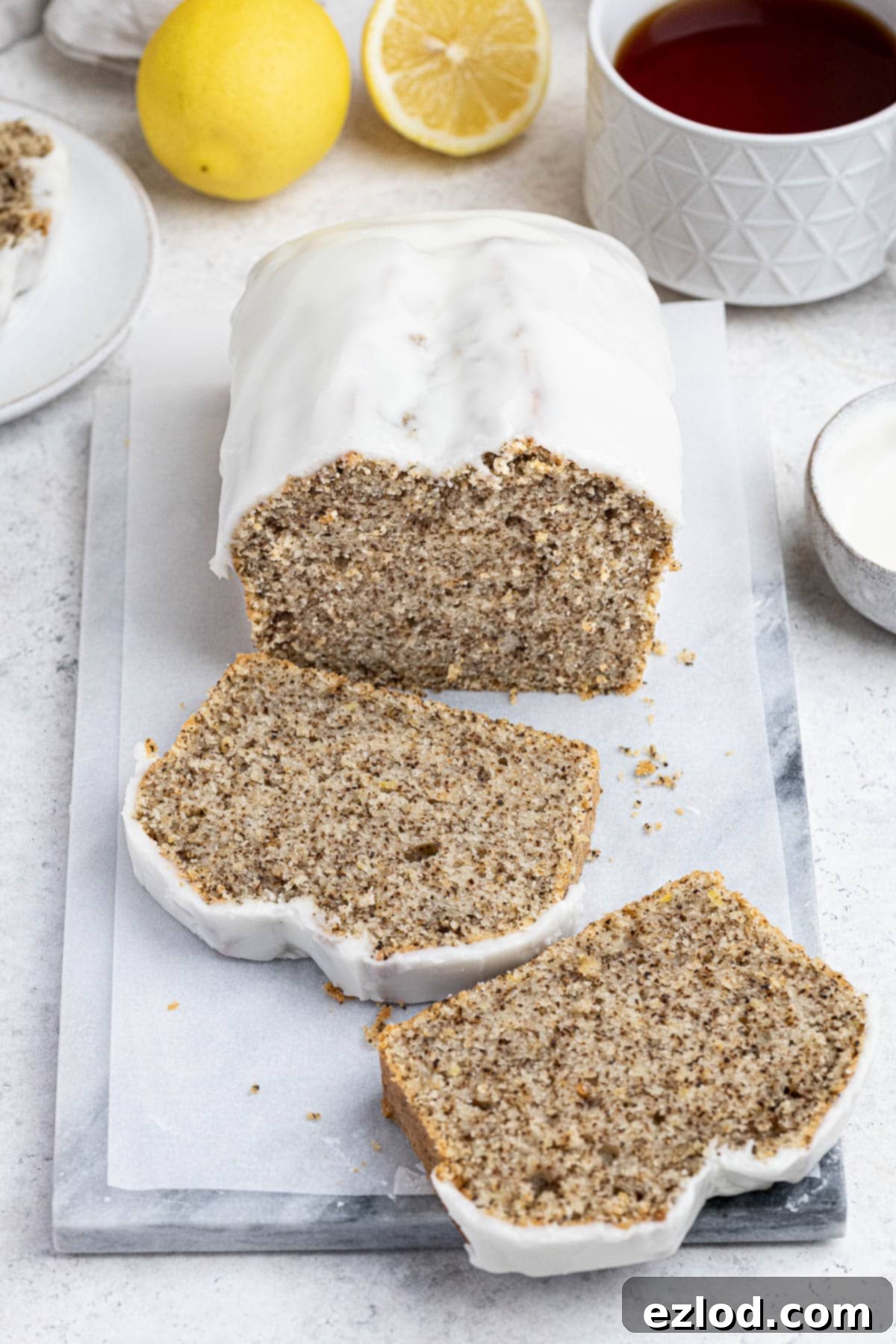
Serving Suggestions and Creative Variations
This vegan Earl Grey lemon cake is incredibly versatile and shines in various settings. Serve it simply with an extra sprinkle of lemon zest for a bright, refreshing taste. It pairs wonderfully with a classic English breakfast tea or a strong Earl Grey for an intensified tea experience. For a more decadent treat, a dollop of vegan whipped cream or a scoop of vanilla bean plant-based ice cream would be sublime. It’s also fantastic as a brunch item alongside fresh berries.
Feeling adventurous? Consider these delightful variations:
- **Earl Grey Lavender:** Add a half teaspoon of culinary-grade dried lavender flowers to the batter for an even more floral and sophisticated aroma.
- **Lemon Poppy Seed Earl Grey:** Incorporate 2 tablespoons of poppy seeds into the batter for a lovely texture and subtle nutty flavor.
- **Spiced Earl Grey:** A pinch of cardamom or ginger can add a warm, inviting spice note that beautifully complements the bergamot.
- **Nutty Topping:** Before baking, sprinkle a handful of flaked almonds or chopped pistachios over the batter for an extra layer of texture and flavor.
- **Citrus Glaze Twist:** Instead of plain lemon juice, use a mix of orange and lemon juice in your glaze for a multi-citrus burst.
More Irresistible Vegan Loaf Cakes:
- Lemon And Ginger Drizzle Cake (vegan)
- Vegan Ginger Loaf Cake
- Vegan Golden Syrup Cake
- Vegan Cherry Loaf Cake
- Vegan Orange Loaf Cake
If you’ve had the pleasure of baking and tasting this delightful recipe, please share your experience! Don’t hesitate to rate it, leave a comment below, or tag @domestic_gothess on Instagram using the hashtag #domesticgothess. Your feedback is truly appreciated!
All images and content on Domestic Gothess are copyright protected. If you wish to share this delectable recipe, please do so responsibly by utilizing the provided share buttons. We kindly request that you refrain from screenshotting or posting the recipe or content in full; instead, please include a direct link to this post for the complete recipe. Thank you for respecting our work!

Print
Earl Grey Lemon Cake (Vegan)
Ingredients
Cake:
- 2 Tablespoons finely ground Earl Grey tea leaves (about 5 tea bags)* (see notes below for grinding instructions)
- 200 g (1 cup) caster or granulated sugar
- 180 g (¾ cup) vegan yogurt, preferably thick Greek style (soy or coconut)
- 100 g (6 Tablespoons + 2 teaspoons) unsweetened non-dairy milk (soy milk recommended for protein content)
- 124 g (½ cup + 1 Tablespoon) neutral oil (e.g., olive, sunflower, grapeseed; avoid coconut oil)
- finely grated zest of 2 unwaxed lemons
- 45 g (3 Tablespoons) fresh lemon juice
- 20 g (2 packed Tablespoons) cornflour (cornstarch)
- 2 teaspoons baking powder
- ¼ teaspoon bicarbonate of soda (baking soda)
- ¼ teaspoon salt
- 270 g (2 ¼ cups) plain (all-purpose) flour
Glaze:
- 150 g (1 ¼ cups) icing (powdered) sugar
- 1 Tablespoon fresh lemon juice
- 1 Tablespoon vegan Greek style yogurt
Instructions
-
Preheat your oven to 180°C/160℃ fan/350°F/gas mark 4. Prepare a 2lb loaf tin by greasing it lightly and lining it with baking parchment, ensuring some overhang for easy removal.
-
In a large mixing bowl, combine the finely ground Earl Grey tea leaves, granulated sugar, vegan yogurt, unsweetened non-dairy milk, neutral oil, and the vibrant lemon zest and juice. Whisk these ingredients together until the mixture is smooth, well combined, and beautifully fragrant.2 Tablespoons finely ground Earl Grey tea leaves (about 5 tea bags)*, 200 g (1 cup) caster or granulated sugar, 180 g (¾ cup) vegan yogurt, preferably Greek style, 100 g (6 Tablespoons + 2 teaspoons) unsweetened non-dairy milk (I use soy), 124 g (½ cup + 1 Tablespoon) neutral oil (I use olive), finely grated zest of 2 lemons, 45 g (3 Tablespoons) lemon juice
-
To the wet ingredients, gradually whisk in the cornflour, baking powder, bicarbonate of soda, and salt. Once these are mostly incorporated, gently fold in the plain (all-purpose) flour until just combined and no dry flour patches remain. Be careful not to overmix, as this can lead to a tough cake.20 g (2 packed Tablespoons) cornflour (cornstarch), 2 teaspoons baking powder, ¼ teaspoon bicarbonate of soda (baking soda), ¼ teaspoon salt, 270 g (2 ¼ cups) plain (all-purpose) flour
-
Carefully scrape the cake mixture into your prepared loaf tin. Bake in the preheated oven for approximately 60-70 minutes, or until the cake is golden brown, firm to the touch, and a skewer inserted into the center comes out clean or with just a few moist crumbs.
-
Once baked, allow the cake to cool in the tin for about 10 minutes. Then, gently use the parchment paper overhang to lift the cake out and transfer it to a wire rack. Let it cool completely to room temperature before applying the glaze.
-
While the cake cools, prepare the luscious lemon glaze. Sift the icing (powdered) sugar into a medium bowl to remove any lumps. Gradually stir in the fresh lemon juice and vegan Greek-style yogurt until you achieve a thick, smooth, and pourable consistency. If the glaze is too thin, add a little more icing sugar; if it’s too thick, add a tiny bit more lemon juice.150 g (1 ¼ cups) icing (powdered) sugar, 1 Tablespoon lemon juice, 1 Tablespoon vegan Greek style yogurt
-
Once the cake is fully cooled, generously spoon or drizzle the prepared glaze over the top. Allow it to set slightly before slicing and serving. Store any leftover cake in an airtight container at room temperature to maintain its freshness.
Notes
- *You can use any Earl Grey tea leaves in this cake, but the preparation will differ based on whether it’s finely ground or whole tea leaves. For finely ground tea (often found in tea bags), you can add it directly to the batter. If using loose leaf tea or high-quality bagged tea with larger leaves, you’ll need to grind it into a fine powder first. This is easily done with a pestle and mortar, a spice grinder, or by pulsing the tea leaves with some of the sugar in a food processor or blender until finely milled.
- For comprehensive baking tips, detailed ingredient insights, and step-by-step photos to guide you through the process, please refer to the main article content above.
- All of my recipes are meticulously developed using grams. For optimal and consistently perfect baking results, I strongly recommend using metric measurements with a digital scale rather than relying on cup conversions. Cup measurements are notoriously inaccurate and can lead to highly variable outcomes; using a scale ensures precision, making your baking both easier and less messy!
